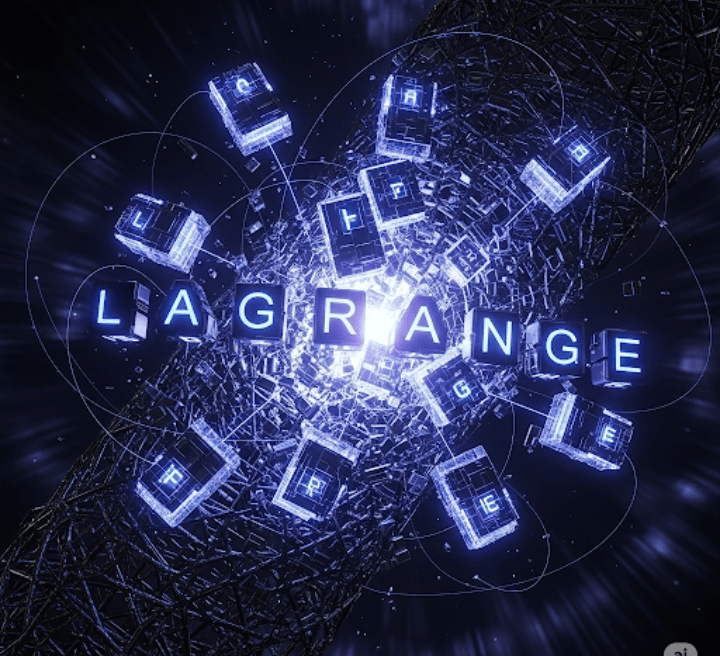Lagrange is an innovative zero-knowledge (ZK) infrastructure that radically changes the way users interact with decentralized networks. It enables the creation of non-proof proofs and verifiable requests across different blockchains. This eliminates the need for centralized intermediaries, making decentralized applications (dApps) not only scalable but also secure and transparent.@Lagrange Official
Current issues in the blockchain world
Most modern decentralized applications and blockchain protocols face three main issues:
Centralization: Centralized bridges or oracles are often used to ensure interaction between different networks. This creates a single point of failure and reduces the overall security of the system.
Scalability: Even the most popular blockchains, such as Ethereum, have limited throughput, leading to high fees and delays in the network.
Trust: Users have to trust intermediaries, which contradicts the very essence of decentralization.
Lagrange offers an elegant solution to these problems using ZK technology.
How does Lagrange work?
The main principle of Lagrange is based on zero-knowledge proofs. This is a cryptographic method that allows one party (the prover) to prove to another party (the verifier) that a statement is true without revealing any additional information.
In the context of Lagrange, this means that:
The prover creates a zk-proof of a certain action, for example, a transaction or the state of the network. This proof is cryptographically secure and does not reveal any confidential data.
The verifier can quickly and efficiently verify this proof without referring to the full data. This significantly reduces computational costs and speeds up the process.
Thanks to this, Lagrange can:
Ensure permissionless interaction: Users can verify data from other networks directly without the need to trust intermediaries. This opens the door to true cross-chain interoperability.
Increase scalability: Lagrange allows moving part of the computations off-chain and then providing only zk-proofs for verification. This frees the main network from excessive load.
Enhancing transparency and security: Since all queries are verifiable, users can be confident in their authenticity. This significantly increases the security of decentralized applications.
Applications and future of Lagrange
Lagrange opens up a wide range of opportunities for developers. Some potential applications include:
Decentralized finance (DeFi): Creating cross-network protocols that allow moving assets and liquidity between different blockchains without centralized bridges.
Decentralized exchanges (DEX): Developing DEX that can exchange assets between different networks using only zk-proofs.
Games and NFTs: Creating games where assets and user actions can be transferred between different blockchains.
Lagrange is not just another infrastructure; it is a fundamental paradigm shift. It paves the way for a truly decentralized, scalable, and secure future. It allows developers to focus on creating innovative applications without worrying about the limitations of existing blockchains.
